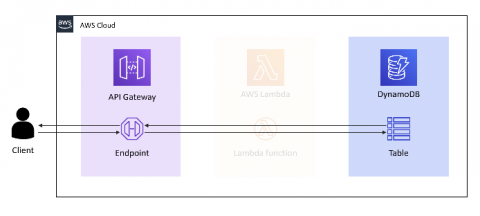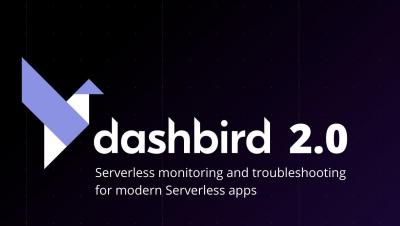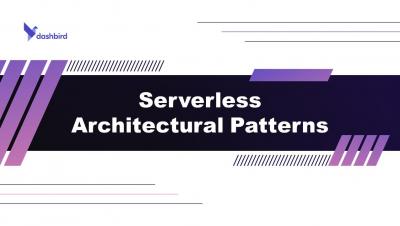Leveraging Lambda Cache for Serverless Cost-Efficiency
Cost-efficiency is one of the main pillars of the Serverless Well-Architected framework. Read-intensive applications can save money and improve efficiency by using cache systems. AWS Lambda’s internal memory could be used as a caching mechanism. A Lambda container remains alive after an invocation is served, even if it stays idle for some time. Whatever was loaded in the container’s memory will remain there for the next invocations.










